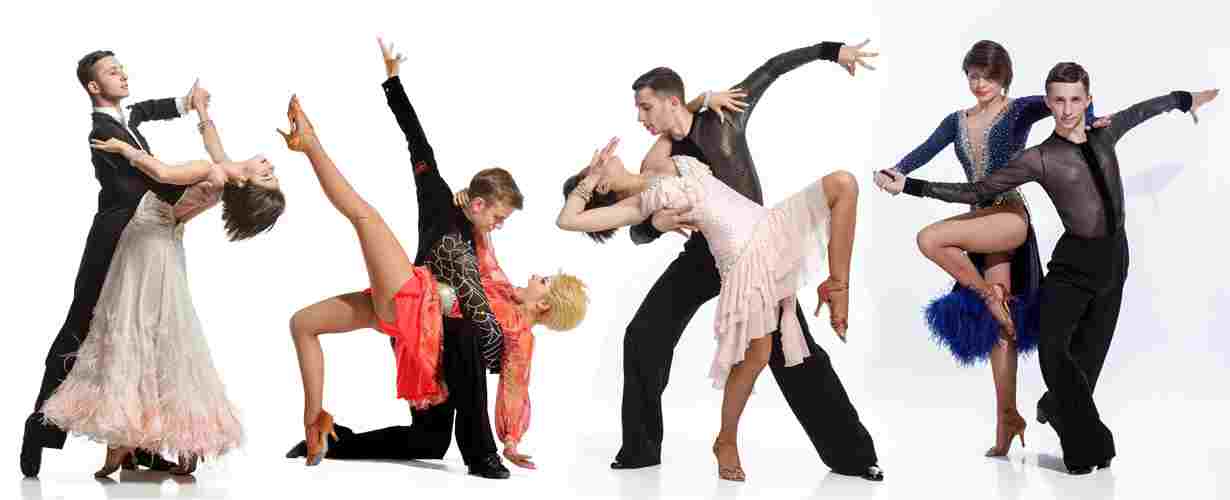The Of Dance Fridays
Wiki Article
Top Guidelines Of Dance Fridays
Table of ContentsThe Main Principles Of Dance Fridays The 45-Second Trick For Dance FridaysThe Facts About Dance Fridays RevealedThe Ultimate Guide To Dance Fridays
Dance type Salsa training in Ecuador Salsa is a Latin dance, connected with the songs genre of the same name, which was very first popularized in the United States in the 1960s in New York City. Salsa is a mix of Cuban dances, such as mambo, pachanga, and rumba, in addition to American dances such as swing and tap. The term "salsa" was created by Johnny Pacheco in the 1960s in New york city, as an umbrella term for Cuban dancing songs being played in the city at the time. Salsa as a dancing arised quickly after, being a mix of mambo (which was preferred in New York in the 1950s) along with Latin dancings such as Son and Rumba as well as American dances such as swing and faucet.
The basic Salsa dance rhythm consists of taking three actions for every 4 beats of music. Salsa dancers can likewise break apart to dance solo, recognized as "shines". The two main designs of salsa are straight and circular.

The Dance Fridays PDFs
Salsa dance is an international dance that can be discovered in many urbane cities worldwide - https://slides.com/salsacrazysf1. Celebrations are held annually, commonly called a Salsa Congress, in numerous host cities aimed to attract a selection of salsa professional dancers from various other cities and nations - salsa crazy. The events bring dancers together to share their enthusiasm for the dancing, construct area, and share relocations and ideasInternational Salsa Congress, 2004 at Bangalore Video demonstrating salsa dance fundamentals Throughout the years, many different designs of salsa dancing have actually progressed all over the world. A number of them work with each various other, however others are different enough to make dancing between dancers of different styles difficult. Salsa has several resemblances with various other companion dances, the styles and skills found out in salsa can be used to another Latin dance like Bachata. Including various other dancing designing strategies right into salsa dancing has likewise become typical, with dancers of one style integrating styles and movements of others to create new fusions of dance designs.

One of one of the most significant numbers in New York style salsa is Eddie Torres - salsa crazy (known as "the Mambo King"), that is attributed with aiding to formalize the on 2 salsa timing (based on mambo) and aiding to promote it by instructing it in dance studios in New york city and via very early instructional tapes
Not known Incorrect Statements About Dance Fridays
Fundamental step for LA style, with leader's actions in blue Salsa program dancing Los Angeles style salsa (LA style) is danced "on 1" where dancers break onward on the first beat of the music, as opposed to New York design which is danced on 2. LA design salsa is danced in a line or "slot" with dancers exchanging find out here now settings throughout the dancing, unlike Cuban salsa which is danced in an extra circular style.In this pattern, the leader advances on 1, steps to the right on 2-3 while transforming 90 degrees counter-clockwise (facing to the left), leaving the port open. https://www.webtoolhub.com/profile.aspx?user=42369176. The fan after that tips simple on 5-6 and switches on 78, while the leader makes another 90 degrees counter-clockwise and a little onward, returning right into the slot
The "Vazquez Brothers" (Luis Vazquez, Francisco Vazquez, and Johnny Vazquez) are attributed for the very early advancement and growth of LA Style. Luiz Vazquez was the founder of Los Angeles's first salsa dance team, Salsa Brava. salsa crazy. The Vazquez Brothers drew impact from stage dances such as faucet dance and helped establish LA style's credibility for flashy moves and balancings.
Later on professional dancers such as Alex Da Silva, Christian Oviedo, and Liz Lira are additionally attributed with creating the LA style of dancing as we understand it today. [] In Cuba, a prominent dance called Gambling enterprise was marketed as Cuban-style salsa or Salsa Cubana abroad to distinguish it from various other salsa styles when the name was promoted internationally in the 1970s.
Not known Details About Dance Fridays
The name Gambling establishment is originated from the Spanish term for the dance halls, "Casino sites Deportivos" where much social dance was done among the better-off, white Cubans throughout the mid-20th century and forward. Historically, Gambling enterprise traces its beginning as a partner dancing from Cuban Boy, Cha Cha Cha, Danzn and Guaracha.This indicates that no action is tackled the first and fifth beats in each clave pattern and the fourth and eighth beat are highlighted. By doing this, as opposed to following a beat, the dancers themselves add in their motion, to the polyrhythmic pattern of the music. At the exact same time, it is often danced "a tiempo", although both "on3" (originally) and "on1" (nowadays).
Report this wiki page